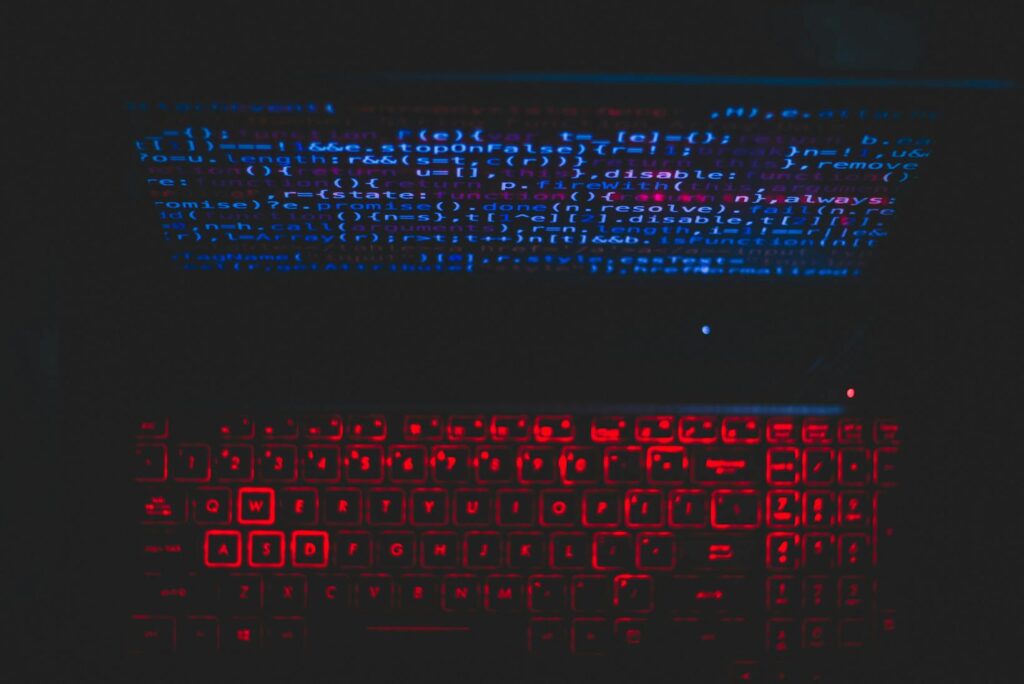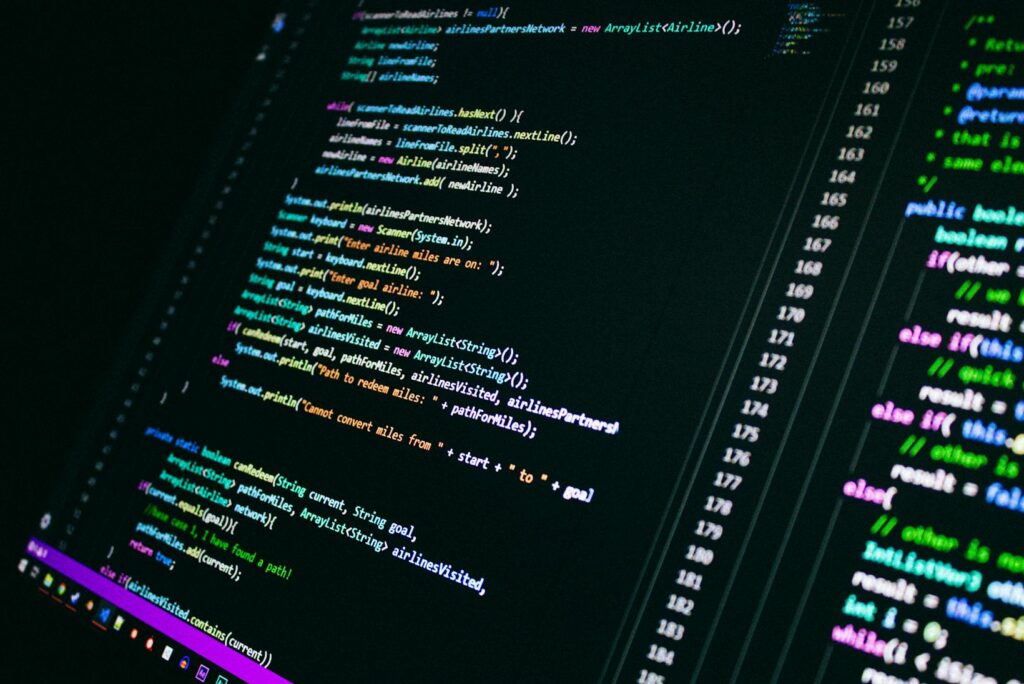In the world of coding, every keystroke counts. The right tool can make all the difference, and that’s where a programming keyboard comes into play. Designed specifically for programmers, these keyboards are a game-changer, offering features that streamline the coding process and increase efficiency.
From programmable keys to ergonomic designs, programming keyboards are more than just a typing tool—they’re a coder’s best friend. Whether you’re a seasoned programmer or just starting out, understanding what makes these keyboards special could transform your coding experience. Let’s delve into the world of programming keyboards and discover why they’re becoming an essential tool for coders around the globe.
Programming Keyboard
Understanding the features of programming keyboards unlocks the potential to heighten one’s coding experience. The discussion below focuses on distinctive characteristics like Key Switch types, Ergonomic Design, and Programmability and Customization.
Key Switch Types
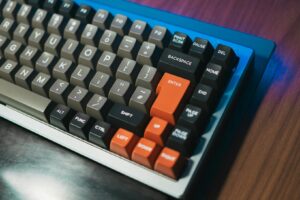
In the quest for the perfect programming keyboard, key switch types take center stage. These types, typically mechanical, dome-switch, scissor-switch, and capacitive, differ in responsiveness, tactility, and noise level. For instance, mechanical switches, known for their clicky feedback, appeal to coders interested in tactile response. Scissor-switch, a subtype of dome-switch, offers both smooth operation and lasting durability, impacting positively on a programmer’s coding marathon.
Ergonomic Design
Ergonomic design ensures comfort during long coding sessions, reducing stress on hands and wrists. Some keyboards come with a split layout, aligning with the natural position of the user’s hands. Others offer adjustable tenting, letting users modify their keyboard’s angle for enhanced comfort. Wrist rests, whether built-in or detachable, bring about additional relief, reducing the risk of repetitive strain injuries.
Programmability and Customization
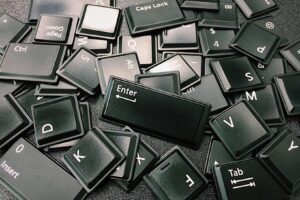
The capability for Programmability and Customization often proves crucial in a programmer’s choice of keyboard. With programmable keys, coders can assign specific functions or macros to keys, making repetitive tasks expeditious. Customizable backlighting doesn’t merely create an aesthetic appeal. It allows color-coordination of keys according to their function, promoting greater coding efficiency. In essence, Programmability and Customization turn the keyboard into an asset tuned to the coder’s unique needs and preferences.
Importance of a Quality Keyboard for Programming
Acknowledging the significance of the right keyboard for programmers escalates into a broader context—its impact on productivity and typing fatigue reduction, intertwined elements paramount to a profitable coding experience.
Impact on Productivity
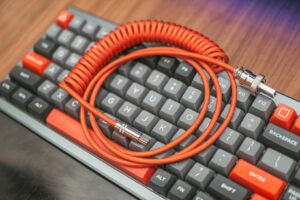
A quality keyboard manifests its benefits in various facets, and productivity ranks high on this list. The trick lies in the keys—specifically, the key switches. For instance, mechanical keyboards, boasting tactile key switches like Ducky One 2 Mini and Das Keyboard 4 Professional, lead to a discernibly faster keystroke registration. This feature primes them for a breathless coding experience, facilitating an increase in coding speed and hence, enhancing productivity. Programmers also find the programmability and customization features advantageous, enabling them to assign and reassign keys to execute specific coding actions, expediting their coding process and ensuring they meet deadlines more efficiently.
Reduction in Typing Fatigue

Digging deeper into the realm of keyboard merits, the fatigue reduction capability stands out. In the war against typing fatigue, keyboards donning membrane technology claim victory. They’re built for comfort, reducing the strain on wrists and fingers during extended coding sessions. Case in point, Logitech K800 and Microsoft Sculpt Ergonomic Keyboard—they strive to encompass an ergonomic design, which, in turn, tends to diminish typing fatigue. By alleviating any physical discomfort, they pave the way for sustained periods of coding—without breaks induced by fatigue—amplifying programmers’ capacity to stay focused and maintain an uninterrupted workflow.
A Superior Coding Experience
Choosing the right programming keyboard can make a world of difference in a coder’s life. Whether it’s the tactile feedback of mechanical keyboards like the Ducky One 2 Mini and Das Keyboard 4 Professional or the comfort of membrane keyboards like the Logitech K800 and Microsoft Sculpt Ergonomic Keyboard, there’s an ideal keyboard out there for every programmer. The customizability and programmability of these keyboards can speed up coding processes, helping programmers meet their deadlines with ease. And let’s not forget the importance of maintaining these keyboards through regular cleaning and software updates. By managing keystroke assignments and creating personal macro commands, programmers can optimize their keyboards’ performance for a more efficient coding experience. So remember, the keyboard isn’t just a tool—it’s a programmer’s best friend.

